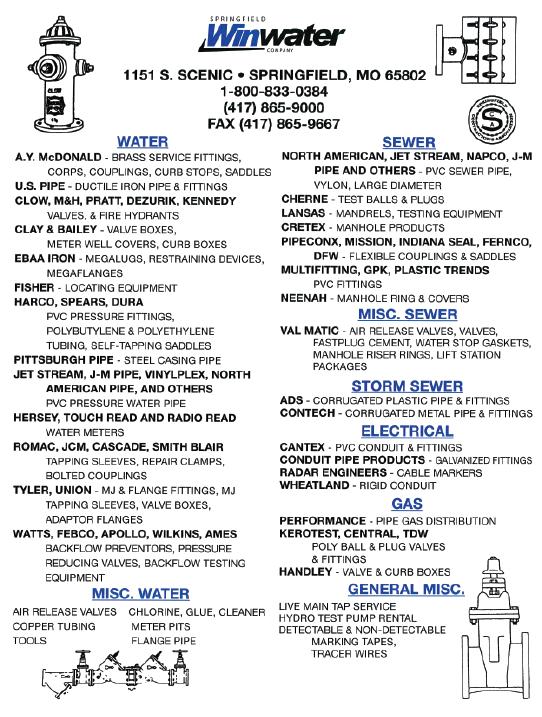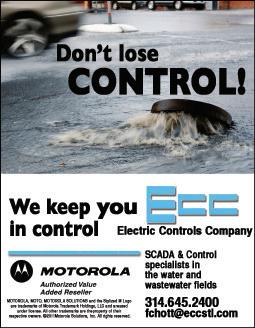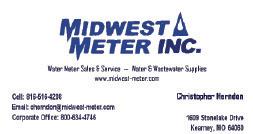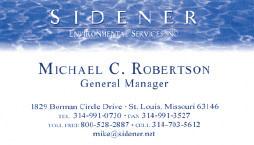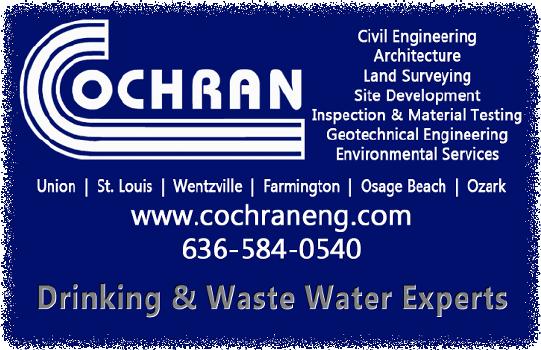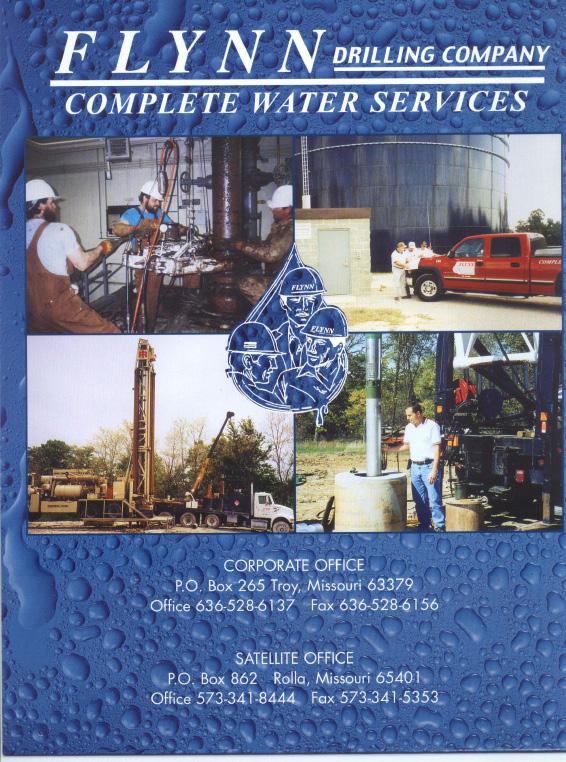
5 minute read
Communicating with Decision Makers
Elizabeth Grove, MRWA Management Circuit Rider
A common complaint I hear from operators is the struggle to get board members to understand the issues facing the utility and getting them to make the decisions that need to be made in order to maintain/ upgrade facilities. All too frequently, we hear about a city or district that has found itself in a dire situation, out of compliance, and everyone is standing around scratching their head wondering “How did we get into this situation?” Ask the operator and he/she will tell you that something to the effect: “I have been telling them this is a problem for a long time!”
Advertisement
As an operator, maybe we need to look at a more pro-active method of getting our message across to those who hold the purse strings and make the decisions. A common scenario I run across when I attend board meetings goes something like this: The Mayor/Board President calls the meeting to order. The minutes, bills and financial reports are approved. Then an hour or more is devoted to planning the next community festival, potholes in the streets, stray animals getting into the trash, not to mention the citizens who come before the board to voice concerns and complaints. Around 9:00 p.m., the mayor/ board president turns to the operator and asks how things are going at the water/wastewater plant. Everyone is tired, worn out and ready to go home. They really don’t want to hear about the compliance concerns, money that needs to be spent, etc. So, the operator says everything is fine. The meeting is adjourned and everyone goes home. Two weeks later, the mayor/ board president gets the letter from DNR regarding the results of the latest sanitary survey. It lists 102 items of concern with the water system. At the next meeting, the mayor/board president is mad (after all the letter is addressed to him/her directly)! The result is the operator looks incompetent for not being on top of things and the city/district (in the opinion of the mayor/board president) has a black eye as a result!
There are several things that work against an operator when dealing with an elected board. First, board members can change every two to four years, depending on the type of seat/organization. Second, chances are the people who are elected to fill these seats are very limited in their knowledge about utilities and what it takes to operate and maintain them.
So what is an operator to do? How can we be more visible and get our message across more effectively so that decision makers understand how important it is to operate and maintain a safe, healthy utility? Here are some suggestions:
1. Be the first on the meeting agenda! I would bet the water/wastewater infrastructure in most communities is the most expensive asset in town. The problem is most of it is underground (out of sight-out of mind). Wouldn’t it make sense to discuss the most expensive asset first? After the meeting is called to order and the “housekeeping” items are taken care of (approval of minutes, bills) the utility report should be next - before the festival planning, potholes and trash issues.
2. Present a WRITTEN report to the board members. This doesn’t have to be fancy. It could even be hand written. But a written report is important! It should list items that were completed since the last meeting, items to be completed over the next month, and items of particular concern. It should be one page in length (no one has time to read a novel, so make it
3. Make sure your written report is included as part of the meeting minutes. It then becomes part of the permanent record of the city and is available for review should you need to go back to it sometime in the future.
4. Look and sound professional when presenting to the board. This doesn’t mean you show up in a suit, but come groomed and prepared. Review what you are going to report to the board and be prepared to answer questions. Studies have shown that people form their opinions in the first few minutes of meeting/seeing someone before any words are spoken. Make sure your first impression is a good one!
It sounds easier than it is. Honing your communication skills take time and practice. Many operators complain that they tell their board the same thing over and over again and nothing happens. It may take more than once to get your message across. Studies have shown that on average, you have to tell someone seven times before it finally clicks! So, keep telling them, both verbally and in writing. Eventually, things should get better and you will have more understanding and respect from your elected officials.
A sample of a water operations report is shown. The format can be changed and information adjusted to suit your particular utility. This sample shows quite clearly the work that has been performed and some of the major issues facing the utility.
SAMPLE MONTHLY WATER OPERATIONS REPORT CITY OF ANYTOWN, MISSOURI MARCH, 2021
Number of gallons pumped in February: _35,750,000 Number of gallons sold in February (March billing): __32,750,000 Number of gallons used for flushing, fires, leaks, etc.: __500,000 Number of gallons unaccounted for: _2,500,000 Water Loss Percentage: __7% Number of Disconnections: ____15____ Number of Re-Connections: ____12____ Number of Leaks fixed: _____2_____ Notes: We had leaks on Maple Street on a 2” cast iron line. This line is very old and should be replaced in the near future. This is the third repair in this block for this fiscal year. Should consider placing this replacement cost in the next budget cycle. (Est. cost of $30,000) The second leak was on Main Street. A contractor hit the 4” main. Contractor paid for the repair. Number of Meters Replaced: ____2___ Number of New Meters Set: ___1_____ Feet of Water Mains Replaced: ___0____ Major Issues for the month: NONE
Future Needs:
We will be replacing the roof on the well house next month, if weather permits. This was included in this year’s budget. We need to purchase a back up chlorinator for the well - place in next year’s budget. (Est. cost of $6,000)
